Toothpaste also has food safety problems (Part 2)
Let's continue to explore what other ingredients are in toothpaste:
Propylene Glycol
Propylene glycol is mainly used as a solvent, plasticizer, water-absorbing moisturizing agent, antiseptic and antibacterial agent, auxiliary active ingredient penetrating agent and cutin softening and dissolving agent. In addition to toothpaste, it can be used in daily ointments, facial masks, cosmetics and moisturizing lotions...etc. See this ingredient. However, propylene glycol may be irritating and degreasing to the skin, and may cause irritation, allergies and contact dermatitis. If there is a history of skin allergies, sensitivities or dermatitis, it should be avoided as much as possible.

Carrageenan
Also known as carrageenan, it is a polysaccharide extracted from red algae in the sea. It is often used in food ( such as ice cream and sauce ) , toothpaste and sanitary products for coagulation, thickening, emulsification and water retention. Carrageenan with a smaller molecule cannot be absorbed by the human body. After being inhaled into intestinal cells, it cannot be decomposed and often causes the death of intestinal cells. Therefore, it may cause digestive system ulcers and cancer. Excessive consumption should be avoided.
Sodium Saccharin
That is, saccharin, because of the risk of bladder cancer in animal experiments, was once banned by many countries. After the U.S. Food and Drug Administration (FDA) abolished the ban on saccharin in 2001, it became a common food additive again. It is mainly used in toothpaste ingredients to improve sweetness without increasing the risk of tooth decay. Although the latest FDA report shows that saccharin has no significant carcinogenic risk, I personally avoid it.
Mica
It is the fine powder of natural mineral mica stone. It is mainly used in toothpaste as an abrasive to grind the surface of teeth, and will form a glossy surface on the surface of teeth. It is also a common ingredient in cosmetics with pearlescent effect.
Titanium Dioxide
White compounds extracted from natural minerals are mainly used as white paints, white sources in pigments and sunscreen ingredients in cosmetics. It is mainly used as a bleaching agent in toothpaste to whiten teeth. Titanium dioxide itself is non-toxic, but its ultrafine particles may be deposited in the lungs in animal experiments and cause the risk of lung cancer.

Cosmetic Blue No. 1 Pigment ( FD&C Blue No.1)
The US FDA has banned the use of this pigment in all foods due to the risk of cancer in animal experiments and should be avoided.
Calcium Carbonate
It is the main component of limestone, marble and shells, and is also a common component of calcium tablets. It is used as an abrasive for grinding teeth in toothpaste.
Sodium Coco-sulfate
Sodium Lauryl ( Lauryl ) Sulfate from Coconut Oil
Sodium Bicarbonate
That is the chemical formula of baking soda.
Sodium Hydroxide
It is the chemical formula of salt.
Although the proportion of toothpaste that we actually swallow in our stomachs when brushing our teeth is not large, the food and drug authorities also take a much more relaxed attitude towards the chemical ingredients that can be added to toothpaste than food for this reason. However, the human oral cavity is the part with the strongest absorption capacity in the whole body. When we brush our teeth and rinse our mouth, these harmful substances can easily be absorbed into the whole body through the oral cavity or gums. So before we brush our teeth tonight, let's turn to the back of the toothpaste and study the ingredients in it.
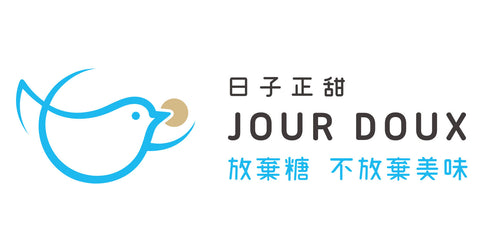

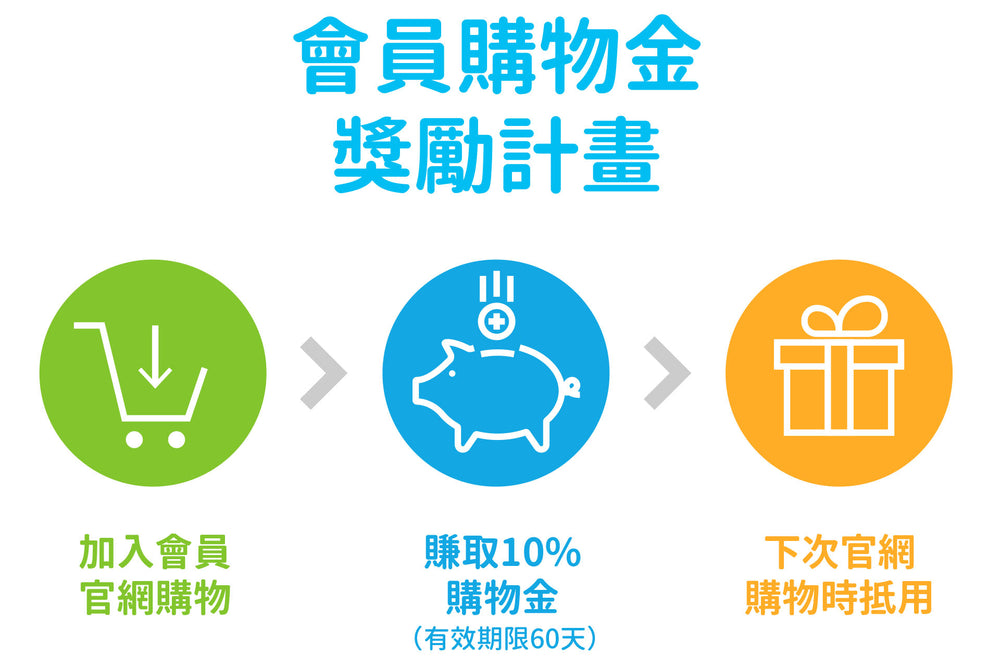




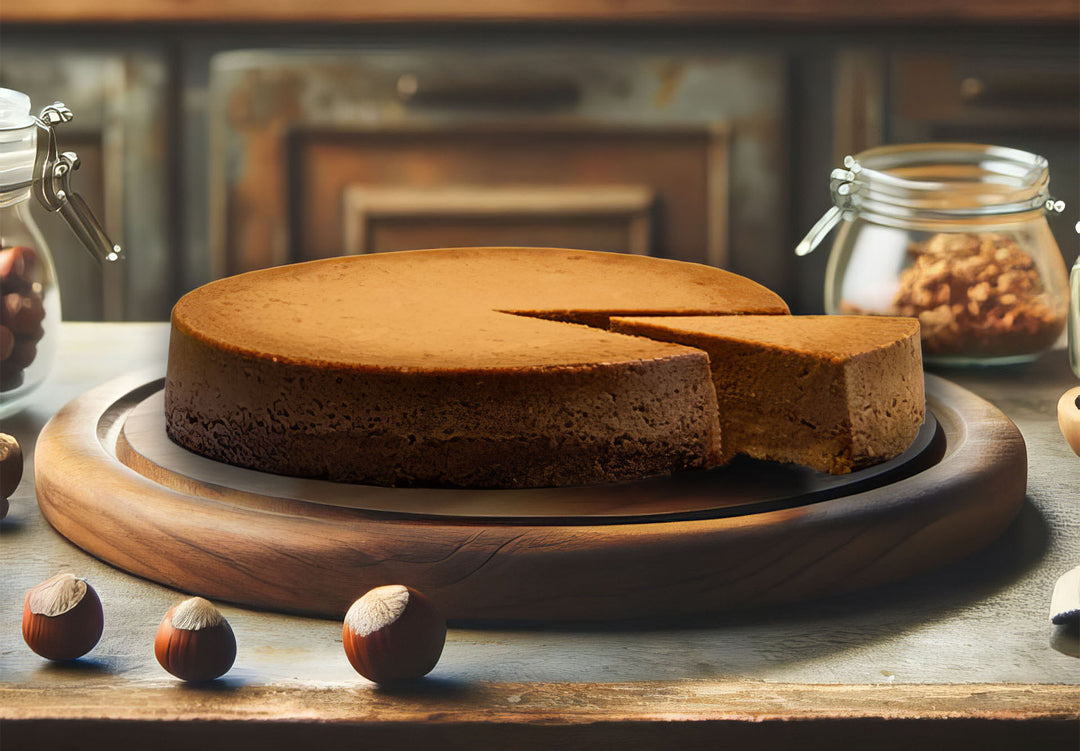

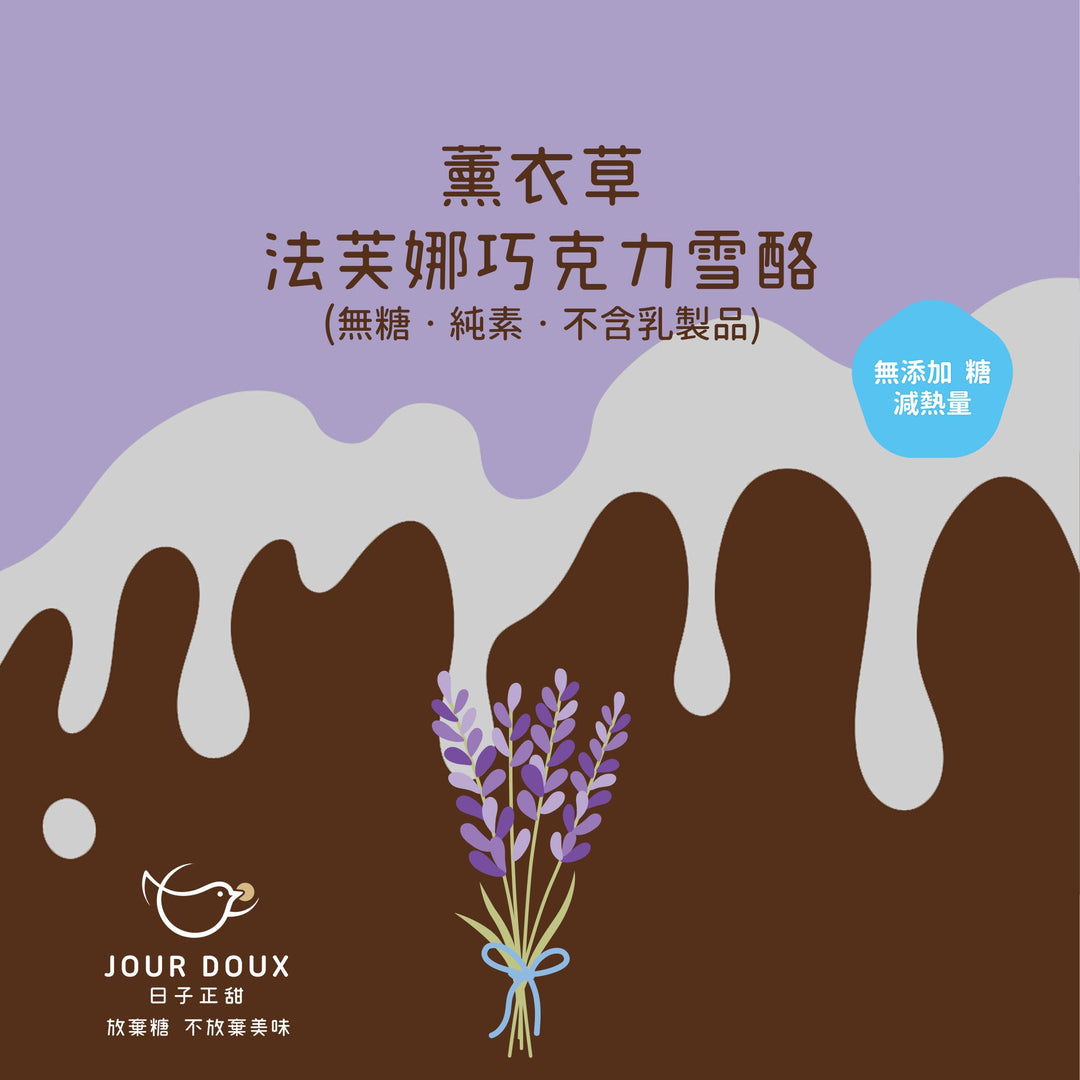
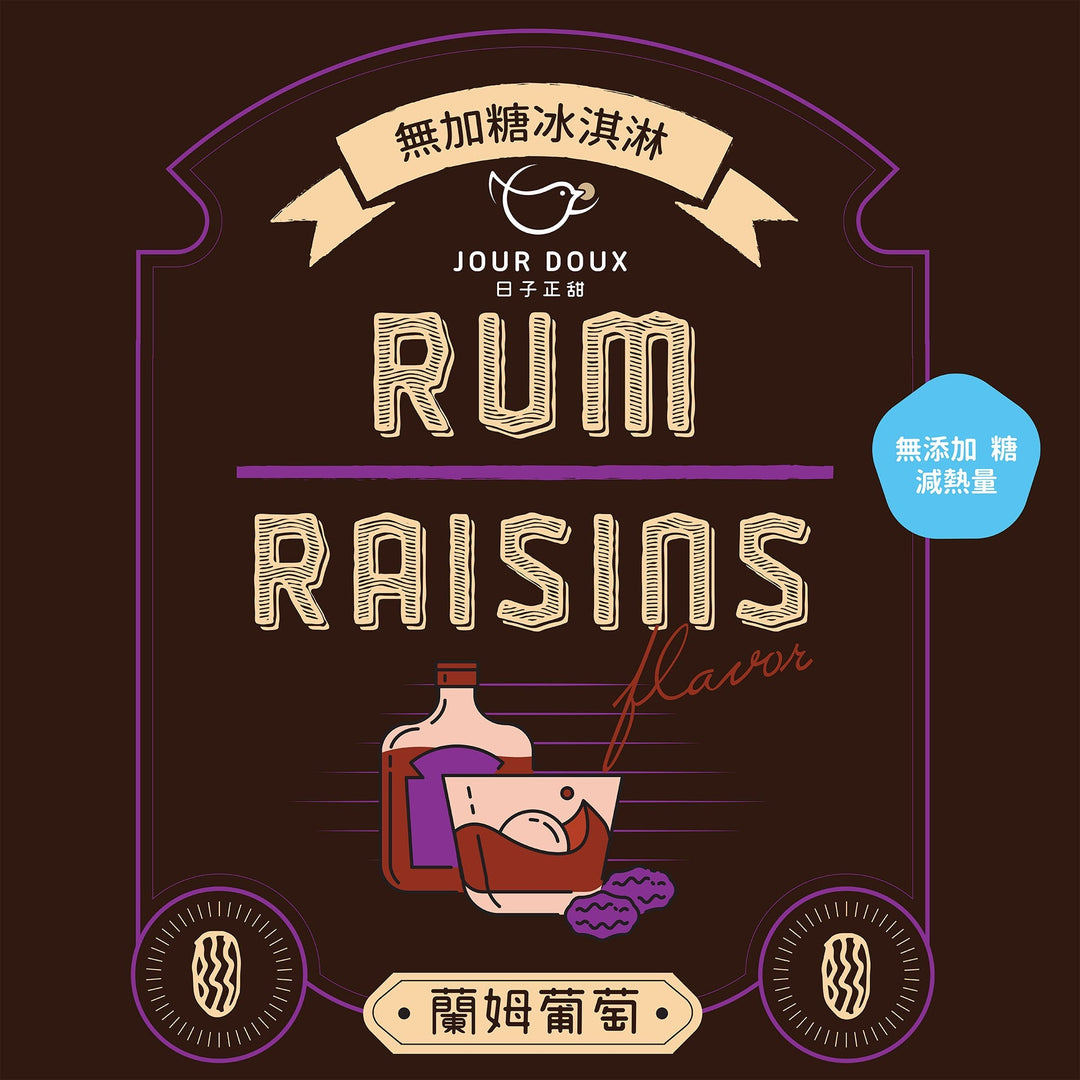
Leave a comment